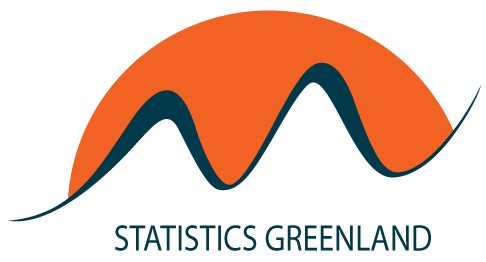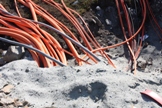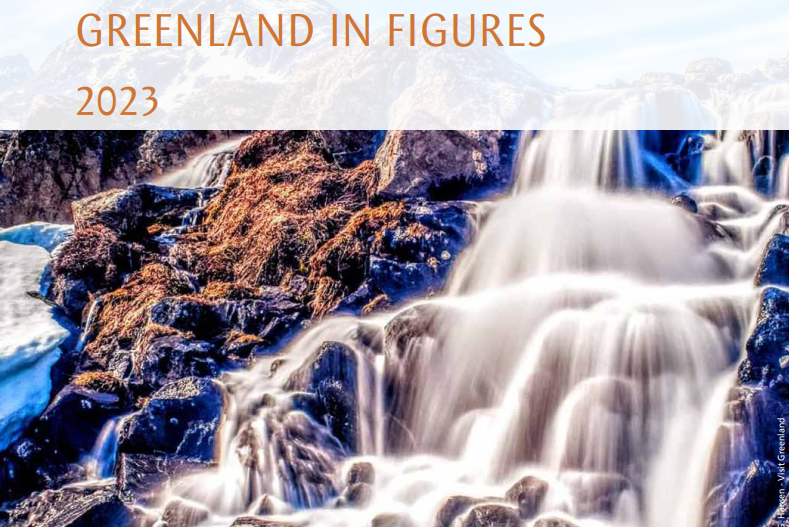



Energy
Greenland is located in the Northern Polar region. The winters are cold and the summers mild with a local variation.
In North Greenland, the climate is High Arctic. Here, the summers are cool with midnight sun, while the winters are harsh and the polar night lasts one to five months. Mid and South Greenland generally has a Low Arctic climate. However, in the deep fiords of South Greenland, the climate is Sub Arctic, allowing a few trees to grow.
The highest temperature measured in Greenland since 1958 is 25.9 degrees Celsius on the West Coast of Greenland in July 2013. The coldest temperature is measured on the Ice Cap, and is down on -69,9 degrees Celsius.
Due to the cold climate, Greenland has a large need for energy. Since the 1990s, five hydropower plants have been built, supplying Nuuk, Qaqortoq/Narsaq, Sisimiut, Ilulissat and Tasiilaq. Before hydropower plants were introduced, power was produced from fossil fuels only. Smaller towns, settlements and outer districts still rely entirely on fossil fuels for production of electricity. A small amount of heating is produced from incineration of waste in treatment plants.
Headlines 
2010 Energy Statistics in Greenland
 | 12. december 2011 Energy Statistics in Greenland 2010 The annual report on energy consumption in Greenland on households and business now holds figures for the period 2006-2010. The figures show the development of energy consumption and allow for evaluation of Greenlands obligations in relation to the Kyoto-protocol regarding reduction of CO2-emissions. In 2010 emission of CO2 from energy consumption was 675,920 ton. This is 7,3 pct. higher than in 1990 and 14,7 pct. higher than in 2009. Læs artikel: her |
Tables in Statbank
Energy
Actual energy consumption [Tera Joule] (ENE1ACT)
Actual energy consumption [physical quantities] (ENE1ACT_fys)
Emission of greenhouse gasses, UNFCCC-approach (ENE1EM1)
Final energy consumption [Tera Joule] (ENE1FIN)
Final energy consumption [physical quantities] (ENE1FIN_fys)
Average monthly air temperature (ENE1MID)
Closed Precipitation (ENE1NED)
Degree days by weather station (ENE1SUM)
Emission of greenhouse gasses [tonnes] from energy use (ENE2CO2)
Emission of greenhouse gases [CO2-equivalents] from energy use (ENE2CO2e)
Actual energy consumption on national account trade sectors (ENE2FBR)
Energy Imports, Exports and Bunkers (ENE2IEB)
Consumption of water for drinking and other use (ENE3VND)
Production and consumption of renewable energy etc. (ENE3VVE)
Electricity, water and heat sold by Nukissiorfiit (ENE4NUK)
Key figures on energy consumption and emission of greenhousegasses from energy use (ENE6KEY)
Registered motor vehicles by ownership (ENEMO1HI)
Registered motor vehicles by district (ENEMO2DI)
Registered motor vehicles by industry (ENEMO3BR)
Electric and hybrid cars according to the Greenland Police (ENEMO4NY)
New registrations of motor vehicles (ENEMO4NY)
Energy
Actual energy consumption [Tera Joule] (ENE1ACT)
Actual energy consumption [physical quantities] (ENE1ACT_fys)
Final energy consumption [Tera Joule] (ENE1FIN)
Final energy consumption [physical quantities] (ENE1FIN_fys)
Emission of greenhouse gasses [tonnes] from energy use (ENE2CO2)
Emission of greenhouse gases [CO2-equivalents] from energy use (ENE2CO2e)
Actual energy consumption on national account trade sectors (ENE2FBR)
Energy Imports, Exports and Bunkers (ENE2IEB)
Consumption of water for drinking and other use (ENE3VND)
Production and consumption of renewable energy etc. (ENE3VVE)
Electricity, water and heat sold by Nukissiorfiit (ENE4NUK)
Key figures on energy consumption and emission of greenhousegasses from energy use (ENE6KEY)
